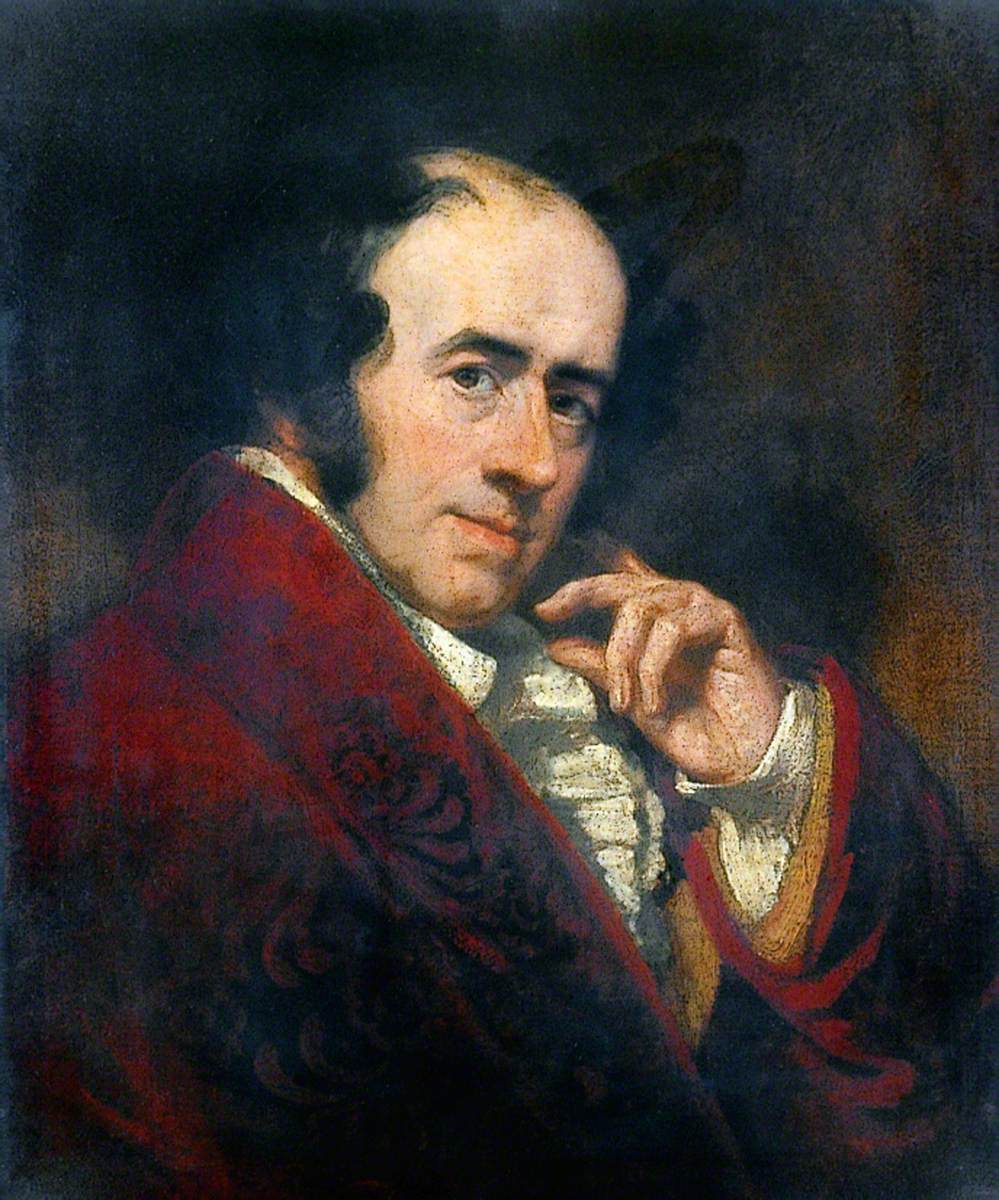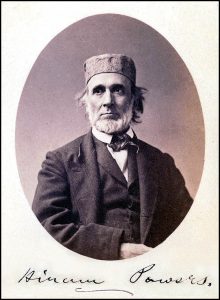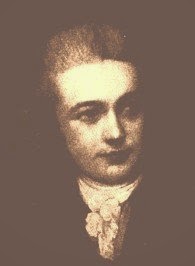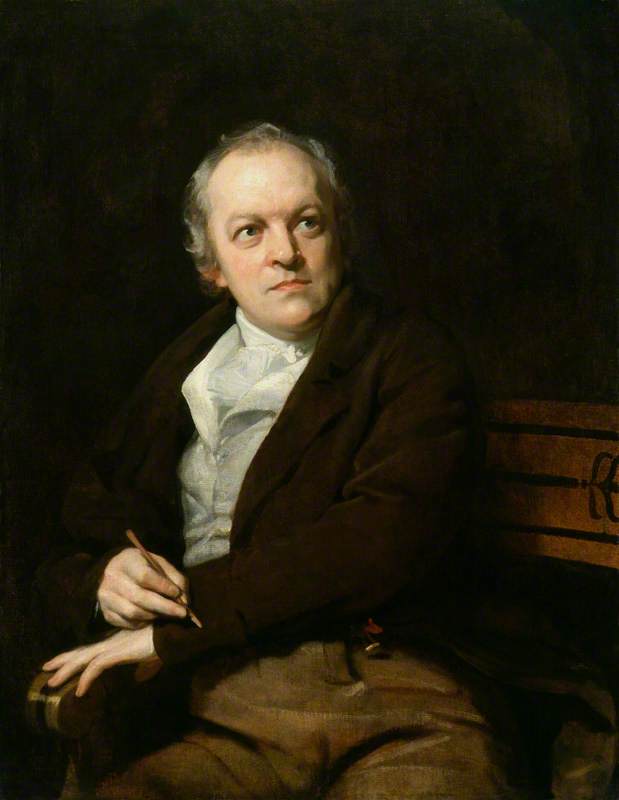I am undertaking The Swedenborg Residency
I am currently Artist and Researcher in Residence at the Swedenborg Centre, the locus of the Swedenborg Society in London.
I am researching the 18thC painter, stage designer and VFX artist Phlip James de Loutherbourg. Loutherbourg is the ‘missing link’ between art and cinema. A stage designer who developed the first ‘mechanical’ theatre show aimed at delivering a sublime ‘proto-cinematic’ experience, Loutherbourg was also a serious alchemist and occultist.
The Swedenborg Residency will involve my researching this little-known but tremendously influential artist, and creating a version of his remarkable ‘Eidophusikon’ mechanical theatre. I will also be curating and writing a graphic novel.
The research will be the foundation of my forthcoming biography of Loutherbourg.
What is the Swedenborg Residency?
Swedenborg House is the library, research centre and museum of Emanuel Swedenborg (1688-1772) the philosopher, mystic and scientist who has been a profound influence on generations.
The Swedenborg Residency was initiated in 2009 to create a forum for researchers, musicians, artists, writers, filmmakers, photographers, sculptors and others to engage directly with Swedenborg’s works, his legacy or the Swedenborg Society’s remarkable library, archive and collection. I’ll be looking at Emanuel Swedenborg’s relationship with Loutherbourg and Swedenborg’s influence on the arts.
Who was Swedenborg?
‘the most extraordinary man in recorded history’ – Jorge Luis Borges
Emanuel Swedenborg was a Swedish scientist, mystic, philosopher, and theologian. He was born in Stockholm, Sweden, on January 29, 1688, and died in London, England, on March 29, 1772.
Swedenborg had a prolific career as an inventor and scientist. He was a member of the Royal Swedish Academy of Sciences and made significant contributions to the fields of anatomy, geology, and engineering.
In 1741, at the age of 53, Swedenborg began to experience dreams and visions. He believed that these experiences were a gift from God, and that they allowed him to see into the spiritual world.
Swedenborg wrote extensively about his spiritual experiences, and his writings have been widely influential.
Some of Swedenborg’s most famous works include:
- Heaven and Hell (1758)
- The True Christian Religion (1771)
- Arcana Coelestia (1749-1756)
Swedenborg’s ideas have been both praised and criticized. His supporters see him as a visionary who had a unique insight into the spiritual world.
There is no doubt that he was a complex and fascinating figure. His ideas continue to be studied and debated today, and he remains one of the most influential figures in the history of Western esotericism. This is why the Swedenborg residency is so important.
Here are some of Swedenborg’s beliefs:
- There is a spiritual world that coexists with the physical world.
- The spiritual world is populated by angels, spirits, and other beings.
- The afterlife is determined by one’s moral choices in this life.
- The Bible is a record of spiritual truths, but it must be interpreted allegorically.
- All creation is a manifestation of God’s love and wisdom.
Emanuel Swedenborg’s ideas have had a significant influence on art and literature, particularly in the 19th century. His writings on the spiritual world, the afterlife, and the nature of God have inspired artists and writers to explore these themes in their work.
As well as de Loutherbourg, here are a few of the artists who Swedenborg has influenced:

John Flaxman (1755-1826)
William Blake (1757-1827)

Hiram Powers (1805-1873)
George Inness (1825-1894)

François-Hippolyte Barthélémon (1741- 1808)
These artists were drawn to Swedenborg’s ideas about the correspondences between the physical and spiritual worlds. They believed that these correspondences could be expressed through art, and they used their work to explore the spiritual dimensions of the human experience.
In literature, Swedenborg’s ideas have been influential on writers such as (well, these are my favourites!):
- Henry David Thoreau (1817-1862)
- Ralph Waldo Emerson (1803-1882)
- Elizabeth Barrett Browning (1806-1861)
- Robert Browning (1812-1889)
- Fyodor Dostoevsky (1821-1881)
- )Charles Baudelaire (1821-1867
- Jorge Luis Borges((1899-1986)
- Walt Whitman (1819-1892)
- W. B. Yeats (1865-1939)
These writers were drawn to Swedenborg’s ideas about the nature of God, the afterlife, and the relationship between the human and the divine. They used their work to explore these themes in a variety of ways, and their writings have helped to shape the way that we think about these subjects today.
Overall, Swedenborg’s ideas have had a significant influence on art and literature. His writings have inspired artists and writers to explore the spiritual dimensions of the human experience, and his ideas have helped to shape the way that we think about these subjects today. For this reason, the Swedenborg residency will allow me to research and discover in ways not normally available in a traditional academic environment.

